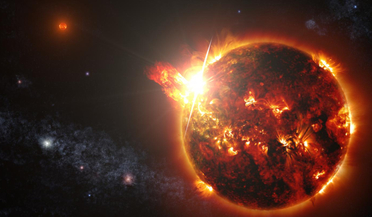 23 December 2020
Harmful stellar flares might not prevent life on exoplanets after all, new study says
23 December 2020
Harmful stellar flares might not prevent life on exoplanets after all, new study says
... used a combination of 3D atmospheric chemistry and climate modelling to see what effects the flares have on an exoplanet’s habitability. "Habitable zones around these stars are narrower because the stars are smaller and less powerful than stars ...
 April 2019
Scanning the skies for exoplanets
April 2019
Scanning the skies for exoplanets
... will be very exciting, but finding an Earth-sized planet in the habitable zone of a star is pretty much at the top of the list,” ...“Because M stars are cooler than the Sun, the habitable zone is closer to the star, where the orbital periods are shorter ...
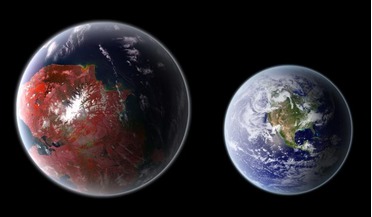 23 June 2021
Exoplanets with Earth-like biospheres may be rare
23 June 2021
Exoplanets with Earth-like biospheres may be rare
... established are pretty slim. And, as far as we know it, a planet also needs to be placed in a sweet spot known as the habitable zone - the region around a star where the temperature is just right for liquid water to exist on the surface...
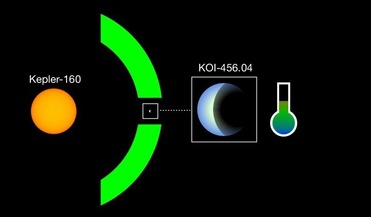 05 June 2020
Exciting exoplanet find around sun-like star
05 June 2020
Exciting exoplanet find around sun-like star
...receives. KOI-456.04 also sits in a region within the stellar habitable zone – the distance range around a star where liquid water might ... the size of Neptune and are in orbit in the habitable zone (third picture from above). Almost all of the Earth-...
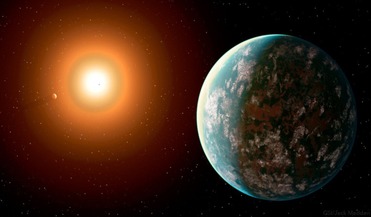 02 August 2019
Newly found exoplanet may be suitable for life
02 August 2019
Newly found exoplanet may be suitable for life
.... What makes its smaller neighbour GJ 357 d so interesting is that it is located within the outer edge of its star’s habitable zone, where, as it whizzes around around its host star in 56 days, it receives about the same amount of stellar energy...
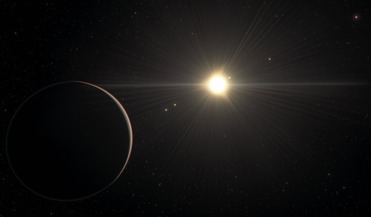 25 January 2021
Unique six-exoplanet system challenges theories of how planets form
25 January 2021
Unique six-exoplanet system challenges theories of how planets form
... Large Telescope (ELT) begins operating later this decade it will be able to directly image rocky exoplanets in a star’s habitable zone and even characterise their atmospheres; a feature that will help scientists to understand systems like TOI-178...